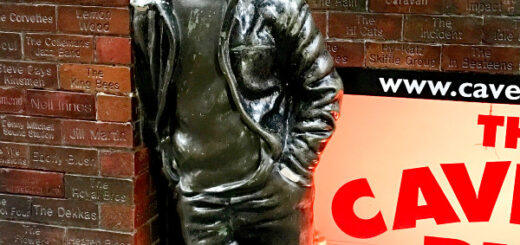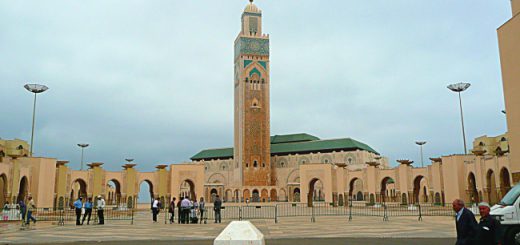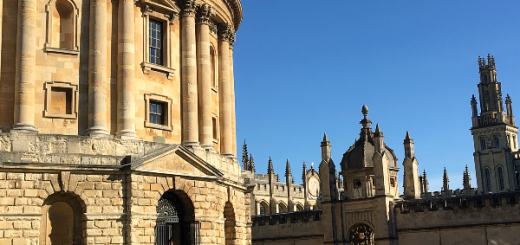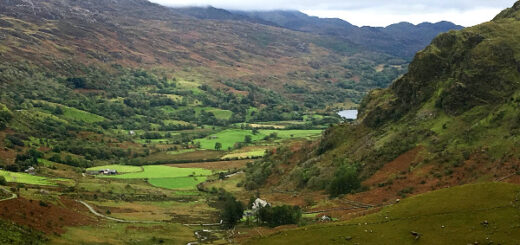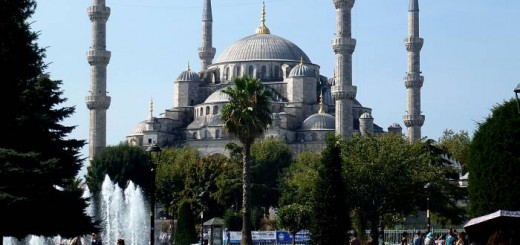Budapest Revisited
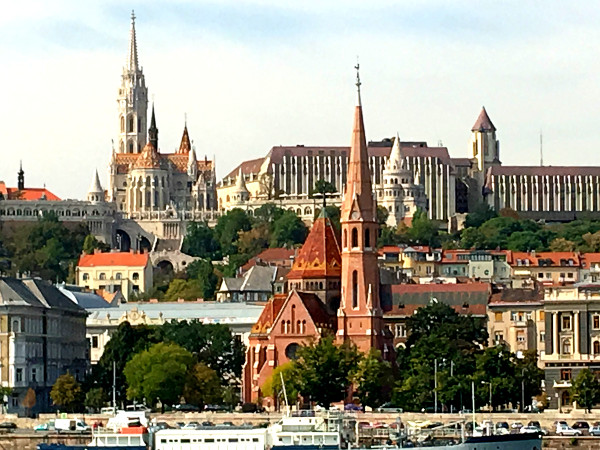
There’s a lot to see in Budapest, from the magnificent hilltop Palace complex on the Buda side of the Danube, to the grandiose buildings and boulevards of Pest. Our coach tour accommodation was on the Buda side, but with a little investigation of the train system and tram links, we were able to explore Pest in more detail than we had time for on our visit only a week or so earlier.

The building that most captured our imagination was the fabulous Hungarian Parliament Building. We had seen it lit up at night on our river cruise but did not have time to see it close up in the daytime. Built in an ornate neo-Gothic style between 1885 and 1904, it measures 268m in length and is topped by a huge neo-Renaissance style dome over 96m high. This houses sessions of the Hungarian National Assembly and importantly, the revered Crown of St Stephen, used in the coronation of over 50 kings in the history of Hungary.
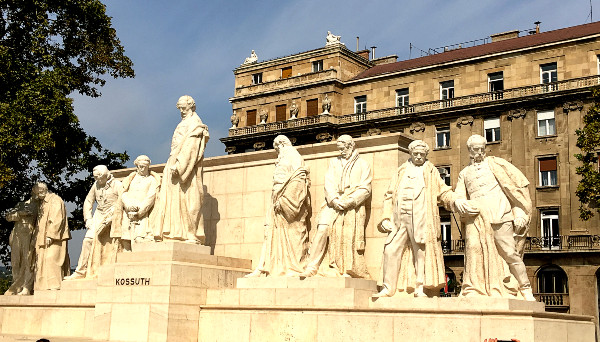
While the main facade of the Parliament faces the Danube, the actual entrance is at the rear on Kossuth Square. This square is dominated by a large marble monument to the leaders of the 1848 War of Independence, with the square’s namesake Lajos Kossuth in the central position. Here we also visited the Kossuth Square Massacre Memorial, created in an underground ventilation tunnel, to honour the lives of 800 – 1,000 men, women and children who were brutally gunned down on 25 October, 1956. Eyewitness evidence attributed this to Soviet troops in tanks and Hungarian Stalinist Party members positioned in and on rooftops of buildings around the square who were trying to suppress the eventual Hungarian Revolution. Strangely until now, there has been little official investigation into the massacre to accurately determine the course of events that day and exactly why such a large crowd was shepherded into the square.
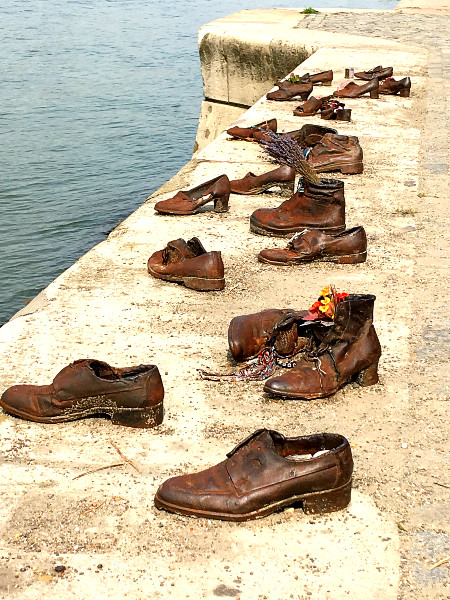
Another example of Man’s inhumanity can be found not far from the Parliament building, alongside the Danube river – the Shoes on the Danube Bank. This memorial was erected on April 16 2005, to honour the 3,500 people, mainly Jews, who were massacred by the fascist Arrow Cross Party primarily in the period December 1844 to January 1945. These men, women and children were ordered to take off their shoes, and were shot at the edge of the water so that their bodies fell into the icy river and were carried away. The installation of 60 pairs of iron shoes, in the fashion of the 40s, represents their shoes left behind on the bank as if they were just cast off. Many shoes are missing laces, since these were frequently used to tie the hands of the victims. The sculptors’ use of the shoes is also metaphoric – we are encouraged to “put ourselves in their shoes” in order to comprehend the full horror of the massacres. People visiting the memorial lay flowers and candles alongside the shoes in remembrance.
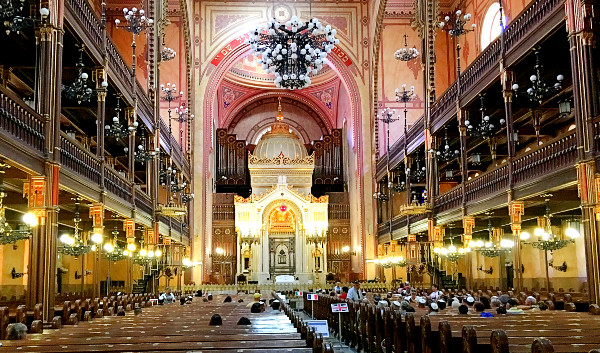
Following this deeply moving spectacle, we took a tram to the Dohány Street Synagogue, which we had been unable to enter last time. Adjoining it are the Hungarian Jewish Museum, the Tree of Life Holocaust Monument and the Old and New Jewish Cemeteries. Known also as the Great Synagogue, it is the largest in Europe. Consecrated on September 6, 1859, it can hold 3000 people seated and approximately 2000 standing. We were fortunate to arrive just as the tours in various languages were about to begin. Volunteer guides told us not only of the history of the complex and the Hungarian Jewish religion and culture, but also of the fate of the Jews in Budapest and the bravery of gentiles who sought to protect them.

In the Museum, which was erected in 1931, we saw a rich collection of religious relics and ritual objects, while in the courtyard, the Tree of Life Memorial, depicting a weeping willow with the names and tattoo numbers of the dead and disappeared on metal ‘leaves’, was a stark reminder of this deplorable period in world history.
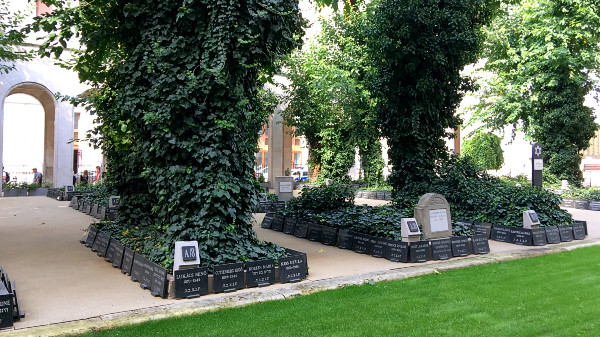
This area of Pest was a Jewish ghetto where in 1944 70,000 Jews were relocated from all over Hungary. Over two thousand of those who died in the ghetto from hunger and cold during the winter 1944-1945 are buried in this Dohány Street cemetery, while thousands more were buried at another nearby.
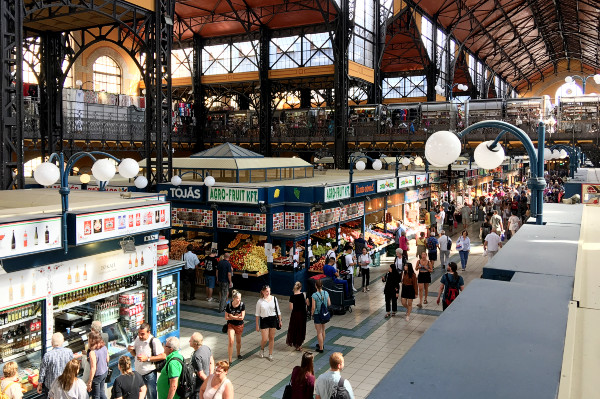
Another tram ride and we were at the Great Market Hall (Vásárcsarnok) again. This time, without bikes, we were able to stroll around the stalls and go upstairs to the small food outlets serving the local delicacies. The hall, with its distinctive high steel-girdered roof, was opened in 1897 covering 10,000 sq m and three floors. We made sure to sample the iconic Pörkölt (stew) with Nokedli (egg noodle dumplings) and the more well-known Gulyás (Goulash), which was more of a soup. We followed that up later with some gelato back in the streets near St Stephen’s Basilica. The Gelarto Rosa icecream shop (Szent István tér 3) makes a feature of creating rose petal shaped layers of gelato in their cones.

Stephen, the first king of Hungary, was later canonised and his right hand is supposed to be preserved in the reliquary of the basilica. The church was completed in 1905 after 54 years of construction and is said to contain over 50 types of marble in its construction and in various pieces of ornamentation. Built in the neo-Classicist style, the basilica has two bell towers, one with the largest bell in Hungary. The dome can be accessed by stairs or elevator to a balcony affording wonderful views over the city.
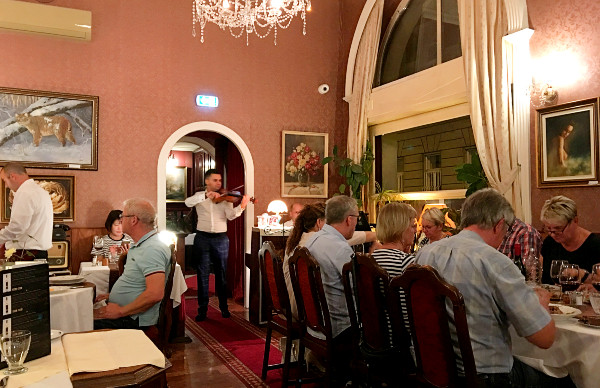
After two nights in Budapest this second time around, we felt we had managed to really appreciate the city and the culture of Hungary. To round off this wonderful stay we chose to dine in an authentic Hungarian restaurant in Buda – Kacsa Vendéglő. This serves set three course menus with or without wines, featuring classic Hungarian fare, in a homely setting. Interestingly, the paintings and various ornaments decorating the dining room displayed price tags! Towards the end of the meal a violinist performed Hungarian gypsy music for our entertainment. A fitting end to our Hungarian sojourn!
Related Post:
